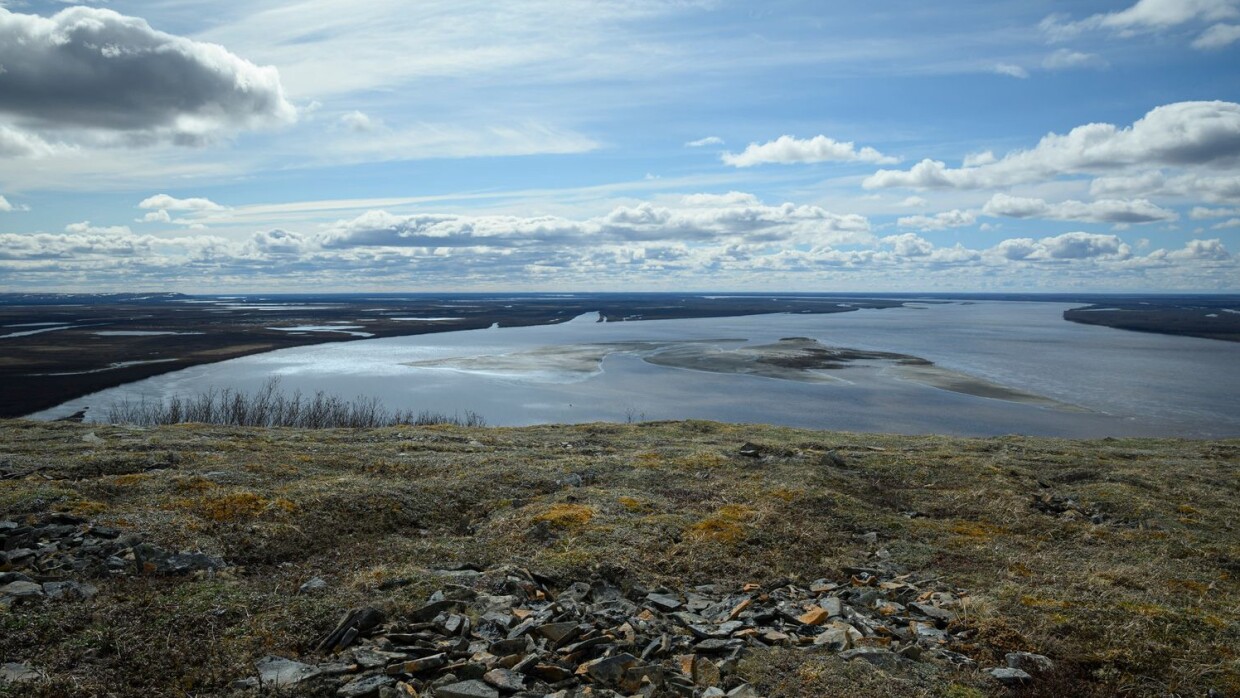An Update on the Yukon River Salmon Crash

In decades past, 300,000 or more Chinook (or kings) headed upriver to spawn, some traveling 2,000 miles into Canada. These fish once filled the smokehouses and freezers of people living along the river. This year, only an estimated 50,000 - 70,000 Chinook returned to the Yukon. And subsistence fishing–the kind that feeds families all winter–was again prohibited.
Again this summer, no one can fish for chum salmon either. Two to 3 million chum salmon used to head up the river each year, one pulse in the summer, another in the fall. This year it looks like only a small fraction of the chum are coming back.
Ask a scientist why Chinook and chum salmon populations have plummeted on the Yukon River and you’re likely to get more than half a dozen hypotheses. Numerous researchers are examining different slices of the life cycles of these fish to try to understand what’s happening. Here’s what we know so far:
The trouble with Yukon River Chinook is likely happening fairly early in their lives. With more than 20 years of data from ocean sampling, researchers have concluded that there’s likely a survival bottleneck for Chinook during their first two years of life—either as eggs or tiny fish in rivers or as young fish at sea. "But there's likely no single source that is causing the declines," said Sabrina Garcia, a marine research biologist with the Alaska Department of Fish and Game.
Commercial fishery bycatch is taking some Chinook. And for years now, Chinook haven’t been growing as much, which means there’s likely not as much food available as there used to be. “Competition is one possible factor,” Garcia said. Yukon Chinook have also experienced an increase in some parasite infections, and researchers are examining whether these fish are suffering from a deficiency of thiamine—vitamin B—a key compound for cell function that is directly tied to what these fish are eating.

Data on Yukon fall chum salmon survival tell a different story. The key to their survival to adulthood seems to lie in their later years at sea. Again, competition with other fish for food are possible causes. Fall chum spend winters in the Gulf of Alaska which has experienced prolonged periods of extreme high temperature in recent years. As warmer temperatures reshuffle marine food webs, it’s possible that the prey species chum depend on have disappeared, changed their distribution or timing, or are no longer as nutritious as they used to be. When waters warm more than usual, Garcia said, young chum salmon tend to have less fat reserves, which might weaken or kill them before they’re able to spawn.
This stark loss of salmon on the Yukon River is just one chapter in threats to these fish across the North Pacific. Huge wild Chinook salmon are just a memory in Alaska and the Pacific Northwest, but salmon are shrinking and returning to spawn at younger ages across their range, a trend that leads to fewer baby fish in the next generation.
Climate change is likely the ultimate killer here—the North Pacific is warming more than any other patch of ocean on Earth. But as with so many changes we’re seeing in the natural world, it’s hard to untangle how all of the ripple effects from rising temperatures interact. And no scientist seems to want to point their finger just yet.
--Miranda Weiss
